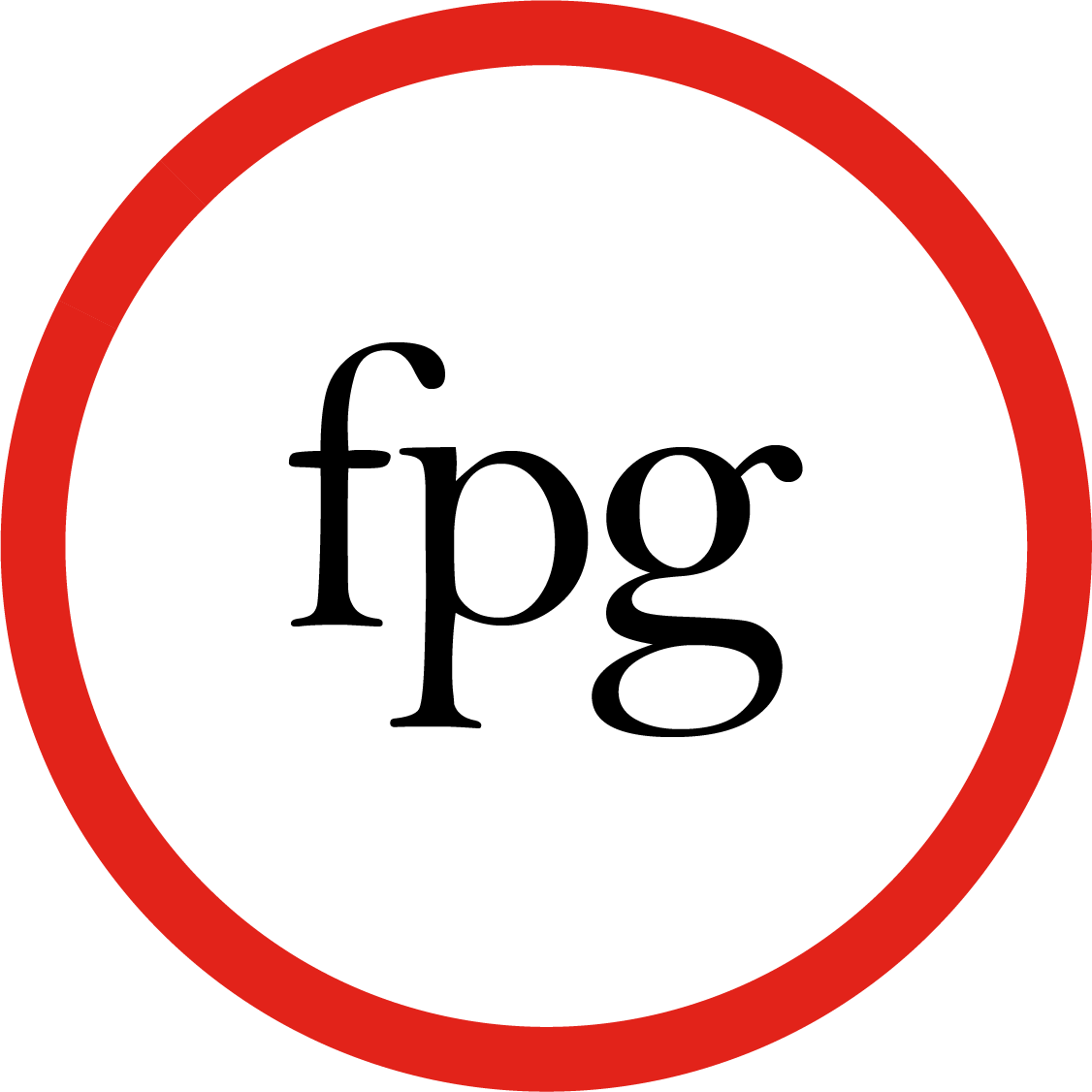Business Intelligence platform for hoteliers
December 20, 2017
When there isn’t a solution in the market available for a particular need, there’s opportunity. This familiar backstory is how Frontline Performance Group (FPG) initially made its way into the hospitality industry. Today, FPG’s business intelligence platform is being used at hundreds of properties.
“Circa 2013, when FPG entered the hospitality space, we recognized there was a need to provide analytics and transparency to the transaction sales touchpoints within hotels,” Geoffery Toffetti, president of FPG. “We spent nearly eight months searching the marketplace for a platform we could license that would provide what we needed. Alas, we were unable to identify any viable solutions, and so embarked on the journey to create such platform ourselves.”
Originally named pulse (FPG changed the name of its platform in light of the Pulse nightclub tragedy in Orlando, FL), the company’s software, now called IN-Gauge, is designed to optimize performance, development, motivation, and training at properties.
“IN-Gauge is deployed in more than 200 hotels”, Toffetti said. “We are in the process of migrating an additional 250 locations onto the platform now. The software is also deployed in hundreds of car rental locations in Europe, two major hotel call centers, and one of the world’s largest theme parks. Our hotel brand customers include Hilton, Marriott, Accor, and the Four Seasons.”
FPG’s platform aims to improve frontline performance, which can, more often than not, be limited by belief. “All too often, frontline employees are marginalized and underdeveloped,” the executive explained. “This neglect leaves them feeling uninspired and untrusted, going through the motions of the job without any clear purpose to their work.” There are also several notable recurring environmental issues impacting this matter.
“For example, unreliable inventory controls limited what a front-desk agent will offer,” Toffetti said. “An employee only has to be burned a few times on offering a room that turns out not to be available before they give up.”
Ultimately, there are many factors undermining performance, and “they are most often a cocktail of behavior and operational obstacles,” he pointed out.
There are ways for employees to undergo training through the platform. “IN-Gauge uses several specific tactics to get users to engage in their own performance,” Toffetti said. FPG’s software encourages system adoption and usage by leveraging the combination of several critical influencing techniques: recognition, goals, transparency, competition, and learning.
“These core tenets are pervasive in digital media, particularly in social media,” he said. “By leveraging the aspects of technology that have already been proven to create habits (and on the dark said, behavioral addictions), we can apply the science produced by the leading tech firms in the world.”
He continued, “The way we are looking at this is this: Let’s use the techniques used to get people hooked, but do it for the users’ well-being, by getting them hooked on their own performance, a performance that ultimately benefits the guest and the property owner.”
The IN-Gauge platform also helps keep employees accountable. “We want the employee to commit to the expectations present to them and, in return, we want the client and the system to recognize them, reward them and develop them,” Toffetti said. The software is what brings it all together.
“A unique aspect to IN-Gauge is that when studying the impact of the system, we do not need to ask a user what they think; we can simply analyze their behavior,” he said. “When we study the usage and performance correlations, we group the users into cohorts based on whatever factor we are evaluating. As you can imagine, because we have the actual performance/outcome data and then couple it with the behavioral data, we have great insight into what does (or does not) affect employee performance.”
FPG architected IN-Gauge to be completely configurable, meaning every feature can be adjusted at the user level (this includes security and data visibility). Clients can control all the way down to specific metrics.
“We have constructed a library of profiles based on user role and organizational level for all of the industries we support,” Toffetti said. “These profiles are derived from real-world experience of what users say they need to be combined with an understanding of what users actually do. If a client deems the need for a new role, it takes only minutes to configure a new role and add it to a user.”
As far as pricing is concerned, FPG – which, historically, has worked on performance, meaning the company benefits financially when it grows client revenue, bringing together objectives – has set the pricing to garget a minimum of a 5:1 ROI. It’s set up this way so clients know they are receiving $4 for each dollar they pay FPG; however, the company’s top executive noted the following: Clients are seeing an average ROI of 8:1.
“Because the system is modular it is not possible to provide an exact pricing since some clients will use more functionality than others or may elect to utilize more onsite training in support of their program,” he said. “What we can say is that this system drives real incremental performance and revenue and that the ROI will always be crystal clear.”
Gamification aspects will be added to the IN-Gauge platform in 2018. “The game engine will facilitate not only tactical contests but will also gamify the mastery of the system, so that as users develop their expertise in the functionality of the system so that as users develop their expertise in the functionality of the system, they will gain ‘reputation,’ something that has been proven many times to drive user adoption,” he said. On a similar note, FPG will also be deploying human-assisted machine-learning capability.
“No system in the world (that we have seen) provides this end-to-end set of tools,” Toffetti said. “There are certainly a ton of reporting and BI systems that will tell you what happened, but they don’t provide the tools to affect what happens in the future.”
The company also has plans to roll out new modules aimed at driving revenue for properties. One example of this is the dynamic pricing of products offered at the front desks based on availability, season, or special promotion.
“This will provide the revenue management team a toolkit to ensure that pricing adjustments are not overlooked and the frontline is always selling the optimal price,” he said. “We often see that pricing strategies are established and then remain static as seasons or conditions change. We want to help ensure that this does not happen by giving the client the ability to set parameters that will guide the system to make adjustments automatically.”



